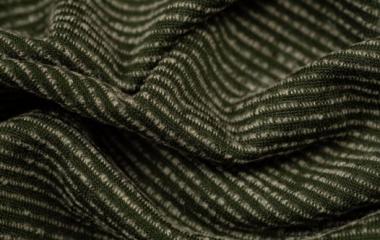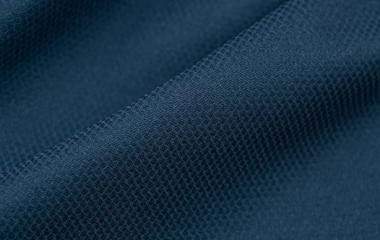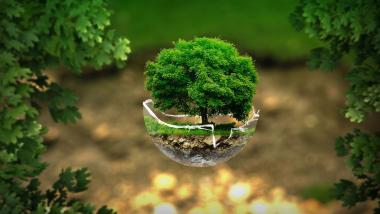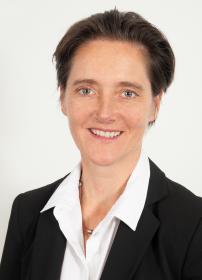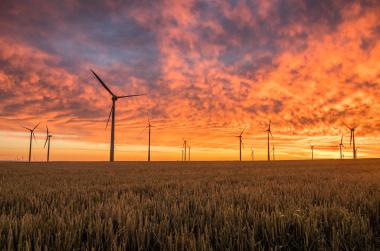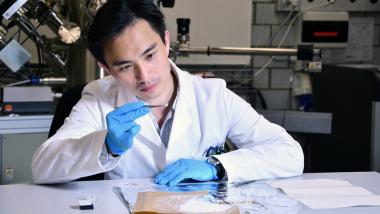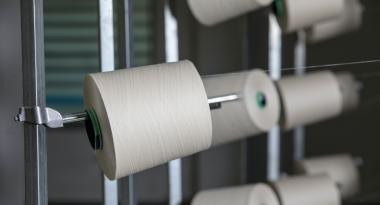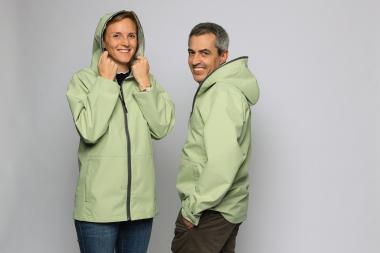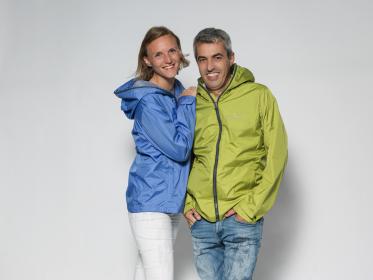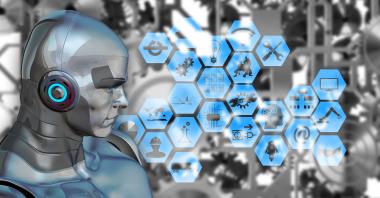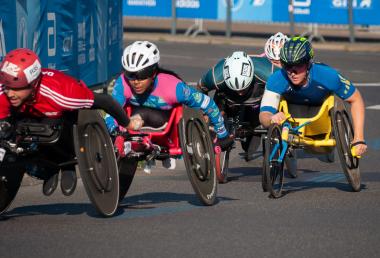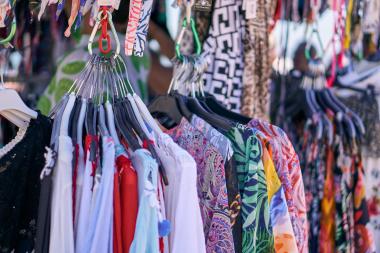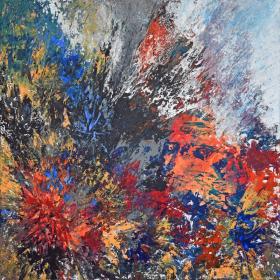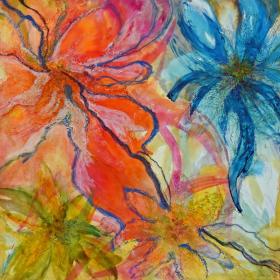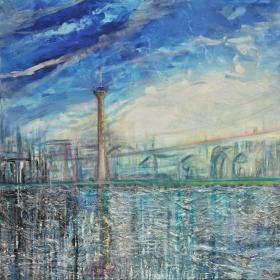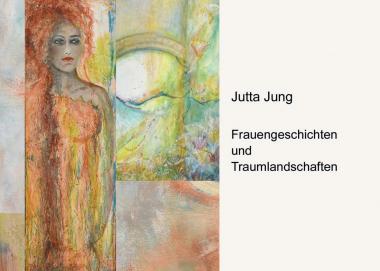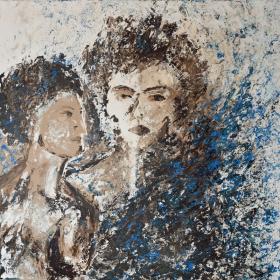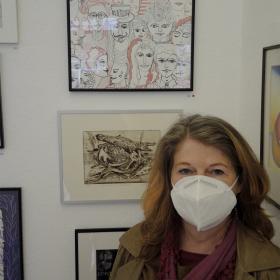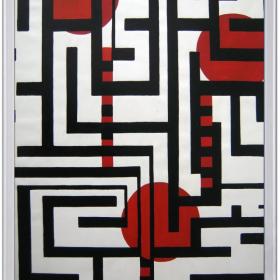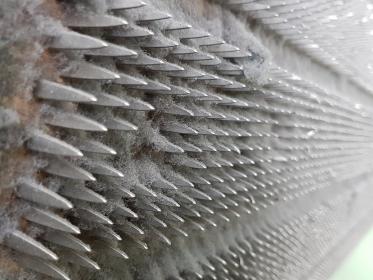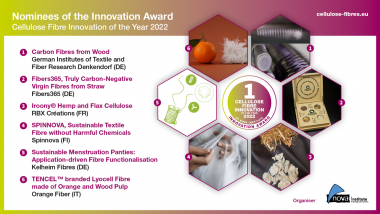Eco Award & Performance Award for innovative winter fabrics 24/25
- Jury presents two awards for outstanding fabric Innovation
The next PERFORMANCE DAYS will take place from November 3-4, 2022 at the MOC Ordercenter in Munich. Visitors also have the opportunity to follow the events online. Thanks to the new platform The Loop, all important information is available all year round, including current trends, new material innovations and extended tools for ease of use. The focus of the curated PERFORMANCE FORUM continues in winter honoring the winners of both awards. This year, in addition to a PERFORMANCE AWARD, the jury also presented an ECO PERFORMANCE AWARD.
Sustainable & innovative: the award winners of the Winter 2024/25 season
As part of the winter edition of the sourcing fairs, the fabric highlights plus accessory trends in the individ-ual categories for the winter season 2024/25 will be on display at the PERFORMANCE FORUM.
Particularly striking this year was the high levels of innovation and quality of many submitted fabrics on the one hand, but on the other hand – also as a result of this year’s Focus Topic – the sustainable component. “We wish to enable our visitors to make the best decision in terms of material selection, also in terms of CO2 neutrality and ultimately also in terms of textile recyclability,” states Marco Weichert, CEO of PERFORMANCE DAYS.
Nevertheless, the road to CO2 neutrality remains a long one, yet the approaches adopted with the Focus Topic ongoing until the coming spring can be seen in a positive light. In general, manufacturers are increasingly relying on the use of natural fibers when possible, such as Tencel™ or other plant fibers – most of them also prove a low CO2 balance during production. The issue of recycling comes with many new facets and wide spanning trends. The portfolio ranges from the recycling of marine waste, such as old buoys, plastic waste or fishing nets, to the recycling of waste from the automotive and computer industries, such as old car tires or computer chips. Natural dyeing methods are also gaining in importance, as is the return of fabrics to the textile cycle.
In the Marketplace, visitors have the opportunity to view over 19,000 products from exhibitors, including the fabric highlights of the individual categories at the PERFORMANCE FORUM. In order for visitors to experience the fabrics in terms of haptics, design and structure in as realistic a form as possible, the PERFORMANCE FORUM has been equipped with innovative 3D technology, including innovative tools such as 3D images, video animations and U3MA data for download.
The jury has also presented two awards for outstanding fabrics for the Winter Season 2024/25 – with the PERFORMANCE AWARD going to Long Advance Int. Co Ltd., and the ECO PERFORMANCE AWARD to PontetortoSpa.
The ECO PERFORMANCE AWARD goes to “9203/M/RC” from PontetortoSpa: High Performance despite maximum sustainability
The fabric is a blend of 23 % hemp, 69 % recycled polyester and 9 % recycled elastane. Moreover, the material boasts a low CO2 footprint during production and focuses on low release levels of microplastics into the environment. “9203/M/RC” belongs to Pontetorto's Techno Stretch organic series, which boast an excellent 4-way stretch with great elasticity. In addition, it guarantees fast drying and optimal breathability. The polyester yarn is manufactured by the mechanical recycling of plastic bottles. Hemp, the most water–repellent among natural fibers, allows for quick drying and provides optimal comfort. Hemp is considered an extremely sustainable natural fiber due to its origin from an anti–bacterial plant that requires neither pesticides nor chemical fertilizers during its growth and consumes extremely little water.
PERFORMANCE AWARD for “LPD-22015-Y4E” from Long Advanced Int. Co. Ltd.: Perfect recycling for top performance
The monocomponent 2layer fabric is a mixture of 45 % polyester mechanical stretch and 55 % recycled polyester from recycled textiles, laminated with a PET Membrane, with a weight of 147 grams.
The special feature of the “LPD 22015-Y4E” is the recycling of fabric and cutting waste. Waste is thus returned to the textile cycle and used to spin new yarn. In the future, manufacturers will have to ensure that all fabric can be recycled. Accordingly, the production of waste is then reduced by 30 % compared to conventional processes. Furthermore, the jury praised the feel and the extraordinary look of the material.
The entire PERFORMANCE FORUM including both awards can be experienced live at the fair on October 26-27, 2022 in Portland, Oregon, and in Munich at the PERFORMANCE DAYS fair on November 03-04, 2022. As of now, all innovative materials can also be found online in the Marketplace of the PERFORMANCE DAYS Loop, with the option to order free samples directly from the exhibitor.
Performance Days


